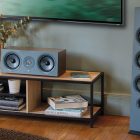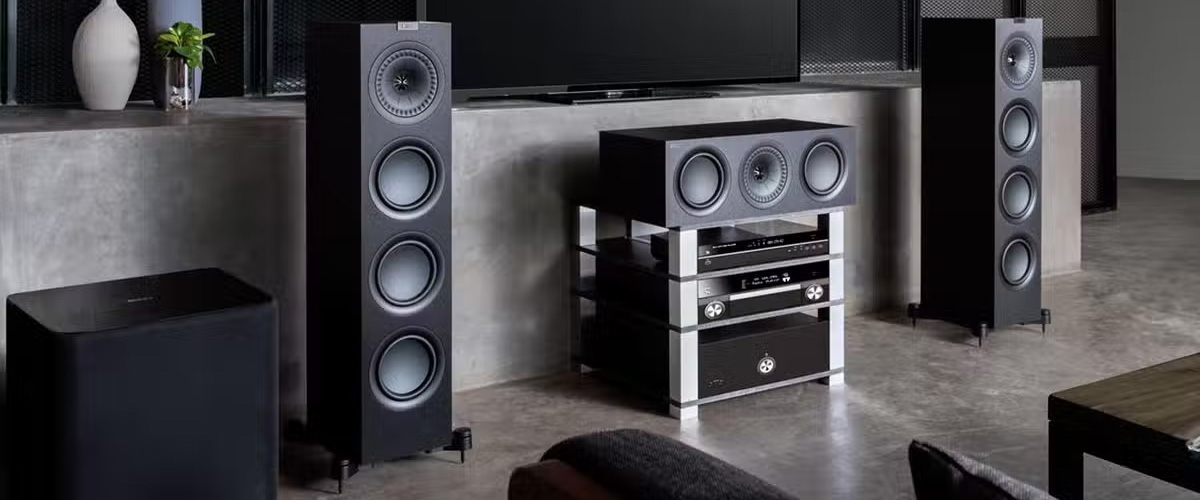
Mar 21, 2023
Creating the perfect home sound system is an art form. A good setup will allow you to experience music, movies, and games in a way that just isn’t possible with off-the-shelf systems. With the right equipment and setup, you can create an immersive audio experience that brings your favorite entertainment to life.
Assessing your needs
The first step to creating the perfect home sound system is assessing your needs. Start by asking yourself questions like: How big is my room? Will I be using it for music, movies, or both? What type of speakers should I use? Do I need a subwoofer for deeper bass?
To get the best possible sound in your chosen space, make sure you measure the dimensions and take note of any acoustic properties that might influence your setup (e.g., hardwood floors versus carpeting). This information can help you determine what kind of speaker layout works best for your room and allows you to make an informed decision when selecting equipment.
Choosing the right speakers
Once you’ve assessed your needs, it’s time to choose the right speakers. There are several types of speaker available, each with its own set of pros and cons:
- Bookshelf Speakers – These compact speakers offer a wide range of sound quality, making them ideal for smaller rooms or as part of an all-in-one system. They also tend to be more affordable than larger floorstanding models.
- Floorstanding Speakers – With their large size comes impressive sound quality, deep bass response, and great coverage. These speakers require plenty of space but can fill a room with powerful audio.
- On-Wall/In-Ceiling Speakers – If floor space is limited, you can still enjoy great sound with these discreet speakers. They’re designed to be mounted on a wall or in the ceiling and are perfect for surround-sound setups.

Tips for selecting speakers
When it comes to selecting speakers, there are several things to consider:
- Power Handling – Make sure the speaker has enough power handling capacity for your desired volume levels.
- Frequency Response – The wider the frequency response range, the more accurate and immersive your sound will be.
- Sensitivity – Look at how efficiently a speaker converts power into sound (measured in dB/W/m). The higher the sensitivity rating of a speaker, the better its performance will be at lower power levels.
- Impedance – This is the electrical resistance of a speaker (measured in ohms). Choose speakers that match your amplifier’s impedance for maximum performance.
Selecting audio components
Once you’ve chosen the right speakers, it’s time to select the audio components that will power your system. Depending on how complex you want your setup to be, you’ll need an amplifier, AV receiver, and in some cases a subwoofer.
An amplifier is essential for powering larger speakers or multiple pairs of smaller speakers. It amplifies the signal from your source (e.g., TV or music player) to drive the speakers at their optimal volume level. 3 zone AV receivers are great if you’re setting up a multi-room system as they allow you to control different audio sources in each room independently. For even deeper bass response, consider adding a subwoofer. This will add impact and dimension to your audio, allowing you to experience a more lifelike soundscape.
When selecting components for your home sound system, also think about how you’ll be connecting them. Look for AV receivers that are compatible with HDMI connections as well as wireless streaming services like Spotify or Apple Music.
